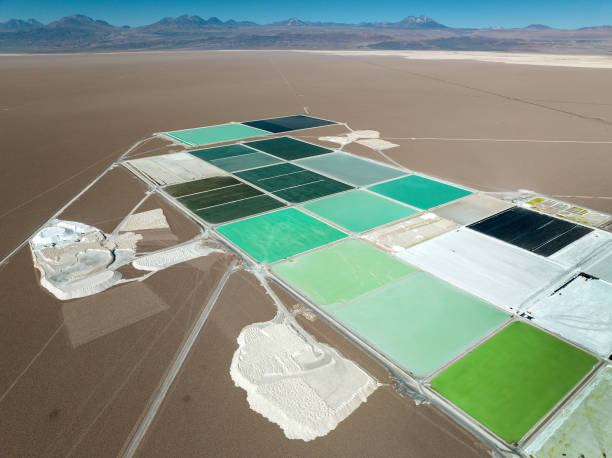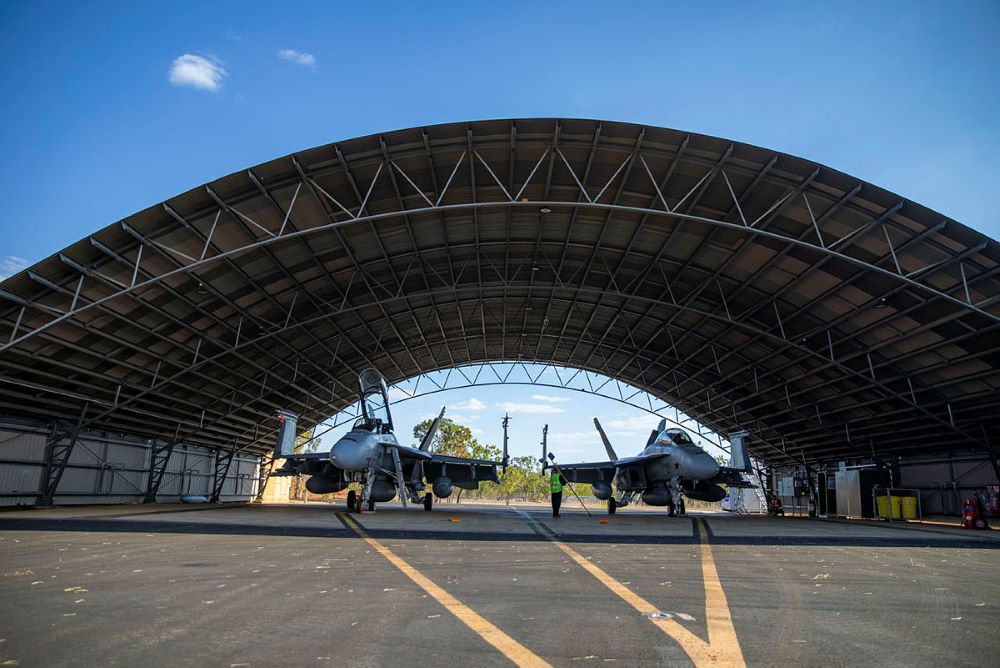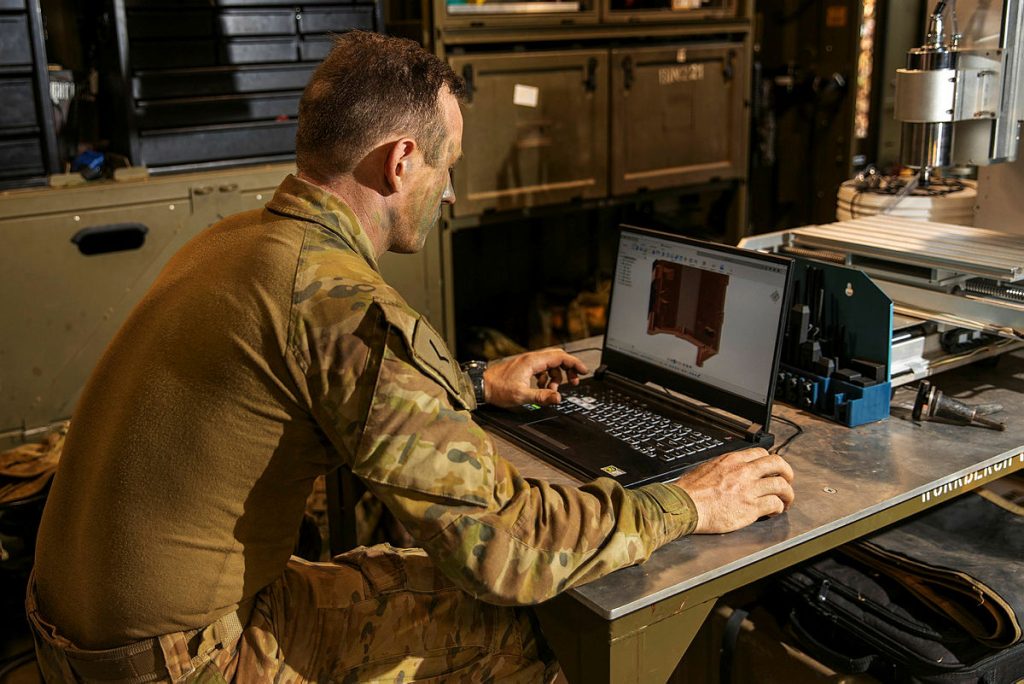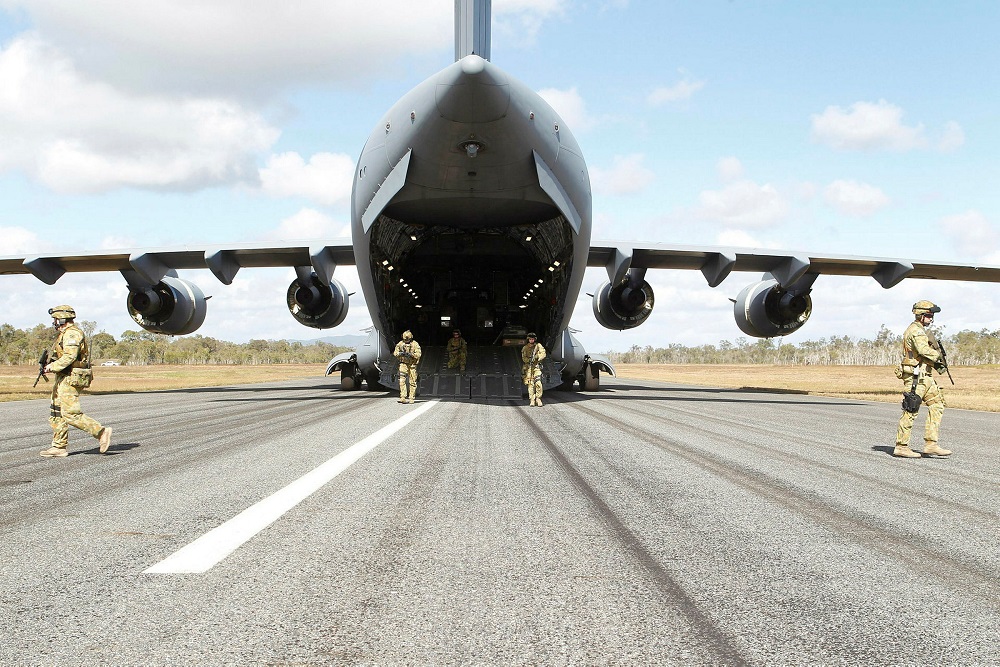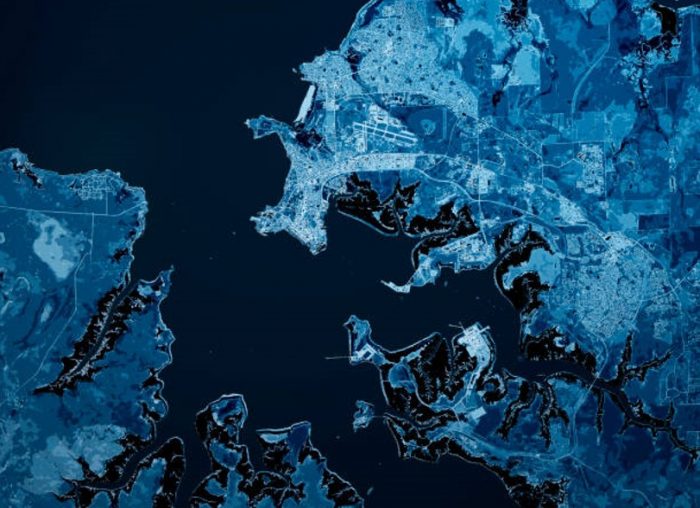House of cards: northern Australia’s liquid fuel resilience

Northern Australia’s liquid fuel infrastructure is the backbone of defence capability, national resilience, and economic prosperity. Yet, it faces mounting pressure from increasing demand, supply chain vulnerabilities and logistical fragilities.
Fuel security is not just about stockpiling: it hinges on accessibility when and where it’s needed, diversity in suppliers and supply routes, and adaptability to changing circumstances to maintain a stable supply, even in times of crisis.
Australia should consider activating dormant fuel reserves, developing a domestic fuel refinery, hardening logistics chains and preparing contingency measures.
At first glance, northern Australia’s fuel security appears robust, with key Defence bases (HMAS Coonawarra, RAAF Darwin and RAAF Tindal) providing guaranteed demand. Meanwhile, regional economic activity is sustained by reserves at Melville Bay, Nhulunbuy and Darwin’s East Arm Precinct, which includes both Vopak’s commercial and Crowley’s eventual Defence reserves.
Crowley’s East Arm facility will, when complete, be the linchpin of the region’s fuel security, holding 300 million litres of jet fuel, 90 percent allocated to defence operations. By comparison, RAAF Darwin’s 12 million litres and RAAF Tindal’s 14 million litres are fully committed to military use, while HMAS Coonawarra contributes 6 million litres of diesel for naval readiness. Civilian infrastructure supports industry and local communities, including reserves such as Vopak’s 174 million litres, Melville Bay’s 30 million litres of commercial diesel and Nhulunbuy’s estimated 20 million litres.
This dual-purpose system attempts to balance military preparedness with economic necessity, yet these figures tell only part of the story. The apparent stability of northern Australia’s fuel network is an illusion: the system works well only without supply disruptions or rapid demand increases.
90 percent of all liquid fuel is imported and northern Australia remains highly vulnerable to supply disruptions. Seasonal flooding can sever road links between Darwin, Tindal and the air force’s bare bases (RAAF Curtin, Learmonth and Scherger). This shows up a fragile logistics network that adversaries could exploit, or natural disasters could disrupt.
Australia’s national fuel security has been steadily eroding for years, with national stockpiles consistently falling short of the International Energy Agency’s 90-day benchmark. The 2022 Russia-Ukraine war highlighted these vulnerabilities. As global supply chains tightened, Australia’s limited reserves became more apparent. While additional storage alone couldn’t eliminate supply shocks, in a crisis it would provide an important time buffer.
The risks are particularly acute in the Top End. Disruptions in Asian refineries, blockages in key shipping lanes such, as those through the South China Sea, or a severe cyclone hitting Darwin’s port could cripple fuel supplies, leaving aircraft grounded, naval operations stalled, and communities isolated. The region’s dependence on limited road transport further amplifies the challenge, particularly when considering fuel delivery to the air force’s northern bare bases.
To address these vulnerabilities, Australia should activate Melville Island’s dormant fuel reserves; develop a domestic fuel refinery in the Northern Territory; harden the logistics backbone; and integrate Vopak and Nhulunbuy into a contingency network.
Just 80 kilometres from Darwin, Melville Island’s port and 30 million litres of existing fuel storage could be a valuable defence asset. With infrastructure upgrades, including new pipelines, tanker berths and integrated defence agreements, Melville could evolve into a dual-purpose hub, reinforcing Australian Defence Force operations and supporting regional economic activity. Increasing redundancy in supply locations enhances operational flexibility and minimises the risks posed by bottlenecks in a single storage site.
Australia’s dependence on imported aviation fuel is a glaring strategic risk, so it should consider a domestic fuel refinery in the Northern Territory. Even a modest refinery capable of processing 10,000 barrels (1.6 million litres) per day could meet at least half of RAAF Tindal’s requirements. While refining capability is not a silver bullet, it would strengthen Australia’s self-sufficiency, ensure a baseline level of operational continuity in a prolonged crisis and reduce Australia’s fuel vulnerabilities.
The Northern Territory’s logistics backbone should be hardened, as it is highly vulnerable to seasonal disruptions: the 320 kilometre highway connecting Darwin and Tindal is a single, flood-prone artery. The government should consider paying for all-weather road upgrades, developing redundant transport routes and exploring alternative logistics solutions, such as a dedicated rail spur. Prepositioned fuel caches near the RAAF’s bare bases could provide a buffer in times of crisis, ensuring operational continuity when primary supply lines are compromised.
Finally, integrating Vopak and Nhulunbuy into a contingency network would establish a reliable fallback system. Nhulunbuy’s fuel capacity of 20 million litres presents a potential strategic reserve but is geographically isolated. Infrastructure improvements, combined with an ADF contingency agreement to access Vopak’s 174 million litres, could ensure continued fuel availability if Darwin’s primary storage and distribution networks were disrupted. A dispersed and resilient fuel network minimises single points of failure, reinforcing Australia’s ability to sustain prolonged operations.
Fuel security demands long-term commitment, but it would reinforce Australia’s defence capabilities. Without assured fuel supply, even the most advanced military platforms become useless.
Without further investment in supply chain resilience, infrastructure modernisation and domestic production, fuel shortages will continue to undermine Australia’s capacity to project force and sustain operations. It is time to double down on what works and strengthen what does not.




